As the Indian Army's 'Force D' struck from Basra up the Tigris towards Baghdad in the summer of 1915, a small and heterogeneous collection of aeroplanes assisted. Prominent among these were several examples of the Martinsyde S.1 'Scout'. One of these, No. 4244 (India Flying Corps serial MH 6), flown by Major H. L. Reilly, would play a pivotal, if indirect, role in the Battle of Ctesiphon, the high water mark of the advance.
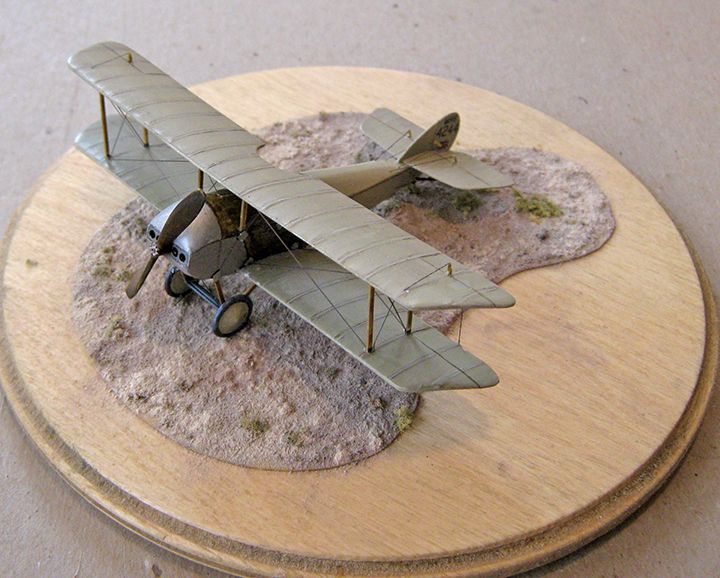
In the summer of 1914, the then Martin-Handasyde Company, previously known for several unexceptional monoplane 'tourers' (one of which had recently broke apart in flight), began work on a small biplane, in hopes of garnering some good publicity, and perhaps even prize money, on the racing circuit. The Great War began before the machine was completed, and when it was, in October, it was delivered to the Royal Aircraft Factory at Farnborough for evaluation. A small batch was ordered for the Royal Flying Corps, and several more such orders followed in coming months, to a total of sixty. The appearance of the Martinsyde S.1 'Scout' changed appreciably over its production life. Early examples had an undercarriage with projecting skids, each tipped with a small wheel, a small and irregular opening to the cockpit, and a 'half-moon' horizontal tail-plane; later examples substituted a more typical 'Vee' undercarriage, increased the size of the cockpit opening considerably, and employed a horizontal tail-plane of greater area, with a straight, though slightly swept back leading edge.
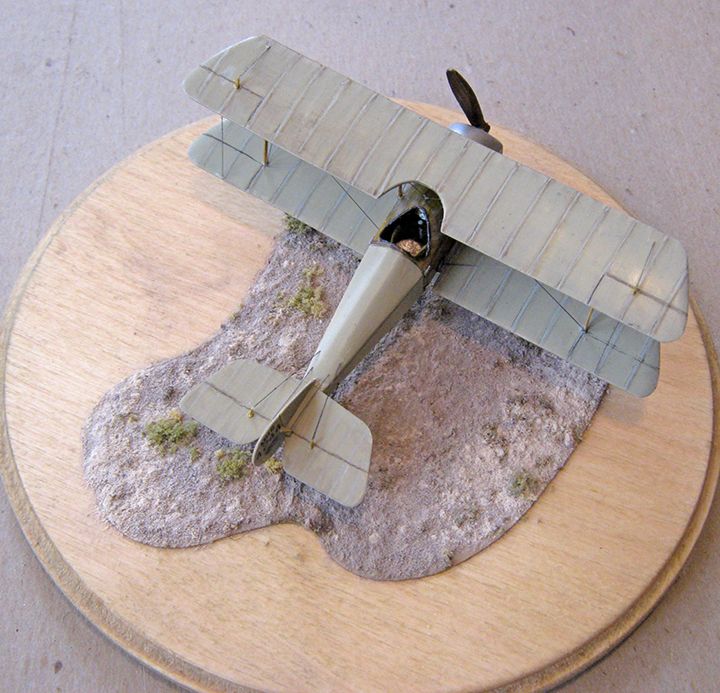
Though these several small production orders put the firm on a solid footing at last (it was reorganized as the Martinsyde Company and became for a time one of the largest aviation manufacturers in England), the S.1 'Scout' did not prove popular in service. It was not so fast as its chief competitor in the R.F.C., the Bristol 'Scout', and was more difficult to fly, being none too stable, and afflicted with poor control response, particularly from the ailerons. Half a dozen of them went to France, where they were assigned as singletons or pairs to various squadrons as their fast machine. At least one of these was fitted with a Lewis gun on the center section of its upper wing firing over the propeller (and famously nearly killed its pilot, the memoirist L.A. Strange, by ejecting him from the cockpit with a wobble while he tried to change the gun's jammed ammunition drum, which then became his sole grip on life thousands of feet above the ground). Most remained in England, some being employed as Home Defense machines, carrying aloft assortments of incendiary darts and grenades and small bombs in hopes they might be dropped on a Zeppelin, though without any success apparently in ever even sighting one. A small number of late production examples were sent to the Middle East Brigade of the Royal Flying Corps in mid 1915, and it was from these that the Martinsyde S.1 'Scouts' serving with 'Force D' in Mesopotamia were drawn.

The aerial contingent of 'Force D' was something of a muddle from the start, and an intercontinental muddle at that. Officially, it was an element of the Indian Flying Corps, but this lacked aeroplanes, and had only a handful of pilots and trained ground crew. Australia provided most of the pilots and ground crew initially, but also had no aeroplanes to spare. With the exception of one machine, a 'longhorn' Farman M.F. 7 which had been the original equipment of a training ground in India, all the aeroplanes had to come from the scanty stocks of the R.F.C.'s Middle East Brigade, which considered protection of the Suez Canal the chief object of English forces in the region, while the War Office bodies commanding in Egypt viewed the India Office bodies intruding into Mesopotamia as more rivals than allies, let alone compatriots. Initial equipment transferred to the Indian Flying Corps' Mesopotamian Flight (also known as the 'Australian Half-Flight') consisted of two 'shorthorn' Farman M.F. 11s in May; a pair of Caudron G.IIIs followed in July. The commander of the Mesopotamian Flight was brevet Major Hugh Lambert Reilly, a Captain in the 82nd Punjabis, born at Hawke's Bay, New Zealand, who had learned to fly in England in 1912, and flown with the R.F.C. in France in the opening weeks of the Great War.
'Force D' under Gen. Townsend began its advance up the Tigris from Basra at the end of May, making excellent progress against Turkish troops demoralized by the bloody failure of an attack on Basra in mid-April. A small operation up the Euphrates to Nasiriyeh in July, to clear the flank of the advance was supported by the two Caudrons, one flown by Maj. Reilly. Flying back to Basra from Nasiriyeh, both machines had engine trouble and were forced to land. Maj. Reilly and his passenger came down near a body of Arabs who proved friendly; Lts. Merz and Burns, in the other Caudron, came down near a body of Arabs who proved hostile, and were killed after a running fight in which they defended themselves with their pistols over a distance of several miles.
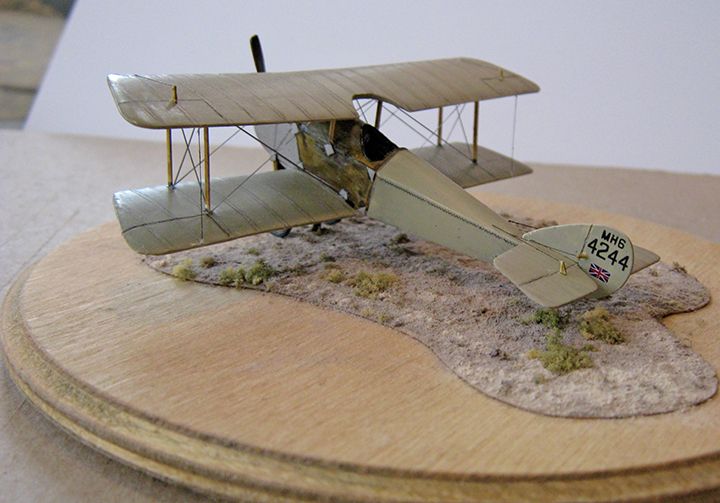
In August, the Mesopotamian Flight was absorbed by the Royal Flying Corps,. as 'A Flight' of 30 Squadron, a new unit forming in Egypt, although the flight's equipment remained property of the Indian Flying Corps. Shortly after this, on 24 August, four Martinsyde 'Scouts' arrived in Basra for the unit. Whatever their performance in more clement lands, in the muggy heat of Mesopotamia with the great rivers in full flood, running often above 110 degrees Farenheit (near 50 degrees Centigrade), the Martinsydes proved little better than the lattice-tail Farmans and Caudrons: it took one on a test-flight twenty-three minutes to reach 7,000 feet, and at that altitude it could manage only fifty miles an hour. Nonetheless, they had to be used; there was nothing else available.

On September 9, Maj. Reilly, flying in Martinsyde 4244(MH-6), led a flight of four machines, two Martinsydes, a Maurice Farman M.F. 11, and a Caudron G.III, up the Tigris to Ali Garbhi, to provide reconnaissance for operations against Turkish positions at Es-Sinn, in the approaches of Kut-al-Amara. Within a week, only Martinsyde 4244 remained operational. The Farman was wrecked in a landing accident on the 11th, the other Martinsyde was badly 'bent' two days later. The Caudron's engine gave out in the heat while it was on a reconnaissance flight, forcing its crew down into Turkish captivity. A replacement M.F. 11 and another Martinsyde were dispatched from Basra, but the latter crashed en route, and the Farman did not arrive till the 25th. Though six machines had been dispatched, 'A Flight' could put only two machines into the air when Gen. Townsend launched his attack on the Es-Sinn position on 28 September. While a pair of recently arrived Short float-planes of a R.N.A.S. detachment spotted for artillery, Maj. Reilly in the Martinsyde and Lt. Fulton (of Skinner's Horse) in the Farman kept contact with the 'Flying Column', dispatched wide to the east to turn the Turkish left, as it moved through the marsh and mire, without possibility of contact with Gen. Townsend's headquarters otherwise. The Turkish force was routed, and revealed by aerial reconnaissance over the next several days to be retiring in disorder up the Tigris towards Baghdad, abandoning Kut to 'Force D'. Reconnaissance by the R.N.A.S. located the camp of a hostile Arab tribe well to the northwest of Kut, and Maj. Reilly in his Martinsyde and two Farmans flew off to bomb this on 18 October.
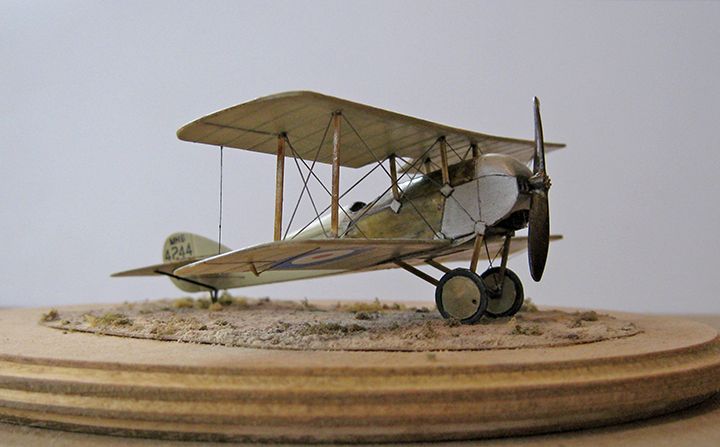
Gen. Townsend was ordered from India on 24 October to march on Baghdad. It was known that the Turks were gathered in some force in defensive positions at Ctesiphon, not far south of Baghdad. With, by now, two Martinsydes, a 'shorthorn' Farman MF11 and a 'longhorn' Farman MF7, 'A Flight' kept some watch on the Turks there, and kept track of the continually shifting course of the Tigris as the floods began to subside, a matter of considerable importance as 'Force D' was dependent on the river for transport of supplies and heavy equipment, and on gun-boats for a good portion of its artillery support. An attempt was made on 13 November to cut the telegraph between Ctesiphon and Baghdad by landing an aeroplane near the wires a little south of the city; the result was a wrecked 'longhorn' Farman and two captured airmen, and an order from the theater commander, Gen. Nixon, for an end to long-range flights to safeguard the dwindling supply of aeroplanes.
Thus for the week during which he approached Ctesiphon to engage the Turks there, Gen. Townsend had only local reconnaissances. He considered it most likely that only two rather battered Turkish divisions, totaling about 7,000 men, awaited him in the entrenchments at Ctesiphon, and felt reasonably confident his 11.000 men could hustle them out of their position with the same sort of feints and manouvers he had succeeded with previously at Es-Sinn. On 21 November, the day before he intended to engage, he ordered not just a reconnaissance of the trenches, but a flight to Baghdad, to be sure no reinforcements were in route. The reconnaisance of the trenches was carried out in the morning, by a crew in a 'shorthorn' Farman, who reported no new developments. Maj. Reilly, in Martinsyde 4244, took off for Baghdad in the afternoon.

His path took him near the entrenchments at Ctesiphon. These comprised two main lines, one south of the ancient arch and one north of it; the latter seemed to Maj. Reilly significantly altered, and he turned aside for a closer look, which confirmed him in his view that a substantial reinforcement had reached the Turks, and waited in the northern lines. At this point his motor was stopped by a Turkish machine-gun bullet, and though he glided as far as he could from the Turkish position, he was captured where he landed by Arabs and turned over to the Turks. The sketch-map on which he had marked his observations came into Turkish hands as well, and they had been operating without any map of the ground south of them.
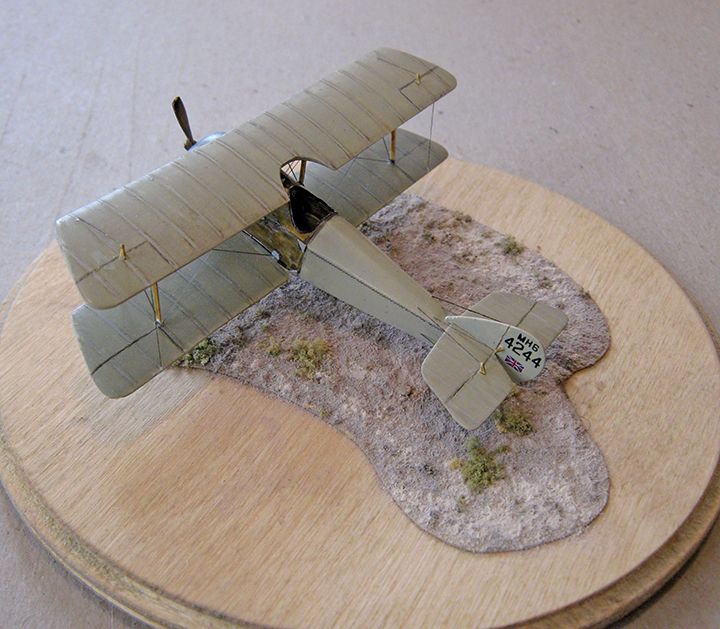
Maj. Reilly had been correct in his observation, the Turkish position at Ctesiphon had been reinforced, and substantially: two more divisions, one at full strength and the other nearly so, had only recently arrived. 'Force D' would not be attacking seven thousands, but seventeen thousands. What course Gen. Townsend might have taken had Maj. Reilly returned with word that the Turks had been greatly reinforced cannot be known for sure. In the words of the official history by the Indian Government: "General Townsend was so close to the enemy that a withdrawal without fighting might not have been possible, even if it had been deemed politic. That General Nixon or General Townsend would have persisted in the projected attack against an entrenched position held by a force now so obviously superior in numbers seems improbable....It is certain that Major Reilly's capture was the first of a series of untoward events which led to a great disaster."
For the attack did go in next day, at dawn on 22 November, and the immediate result of fighting over the next two days was a pyrrhic victory in the classic sense: 'Force D' drove the Turks from the field, but took casualties at a rate of two in five in doing so, and was ruined as a field force, left incapable of holding the ground it had won. On learning of his foe's retirement from the field, the Turkish commander, Col. Nureddin ordered his men to advance south, and followed the retreat from Ctesiphon of "Force D' which, once begun, could stop nowhere short of Kut-al-amara, which the Turks had invested by early December, in a seige which did not end well for the beseiged.
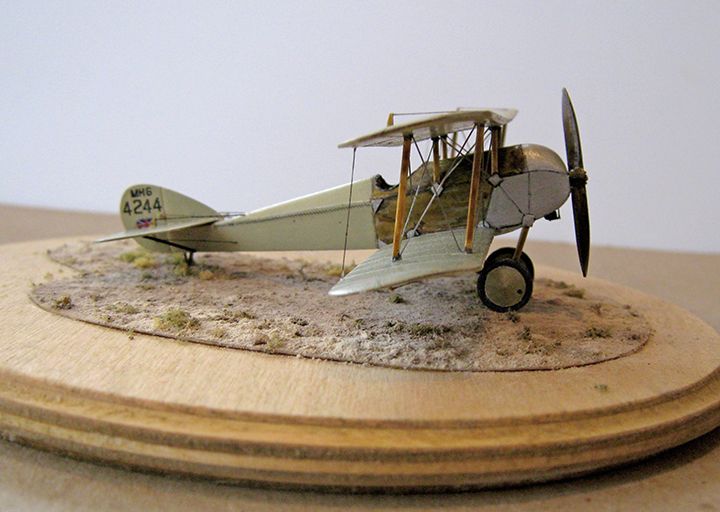
Major Reilly survived Turkish captivity, and on repatriation, continued in the Royal Air Force, retiring in 1934 with the rank of Group Captain, after which he signed on for five years with the Air Ministry in its Directorate of Operations and Intelligence. He was awarded the D.S.O. for his service in Mesopotamia.
This model is scratch-built in 1/72. The build can be followed here:
http://forum.ww1aircraftmodels.com/index.php?topic=3997.0